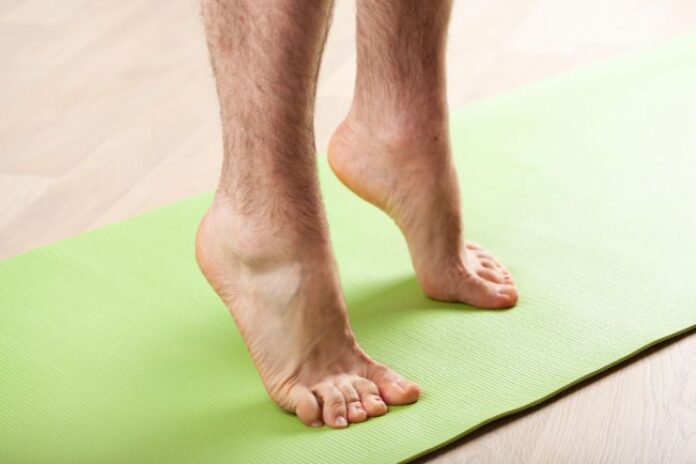Affiliate Disclaimer
Some links in this article are affiliate links. We may earn a small commission if you make a purchase through these links, at no extra cost to you. We only recommend products we find useful to our readersWhen you think about strength and mobility, your mind probably jumps to leg day at the gym, maybe a solid core workout, or how much you can lift with your arms. But let’s be real—when was the last time you heard someone talk about toe exercises? Exactly. It’s not something people usually bring up, but your toes actually play a huge role in keeping you steady, improving your posture, and making your movement way more efficient.
If your toes are weak, it can throw off your balance, mess with your body’s alignment, and even cause foot pain. But the good news? Showing your toes a little love can seriously improve how you move every day.
Think about it: your feet are the foundation of your body, and your toes are a key part of that foundation. Every time you walk, run, or even just stand, your toes are putting in work. If they’re weak, it can lead to poor posture, discomfort, and, over time, even some injuries.
But here’s the thing—it doesn’t take much to strengthen them. You don’t need fancy equipment or a special workout plan. Just a few simple exercises and maybe paying more attention to your footwear can make a world of difference.
In this guide, we’ll break down why toe strength matters, how weak toes can mess with your mobility, and how to easily strengthen them. Whether you’re an athlete trying to up your game, someone dealing with foot pain, or just curious about how to move better, this is everything you need to know about why strong toes are actually a big deal.
The Role of Toes in Balance & Stability

Your toes are a bigger deal than you might think when it comes to keeping you balanced and helping distribute your weight properly. Strong toes can:
- Support better posture by spreading out pressure evenly across your feet.
- Boost your stability and lower the risk of falls or injuries.
- Make movement smoother, whether you’re walking, running, or just standing.
When you work on strengthening your toes, you gain better control over your feet, which means better balance and overall coordination. Let’s break it down a bit more:
- Weight Support and Stability: Your toes, along with the balls of your feet, help support about 75% of your body weight while you move, keeping you steady.
- Creating a Solid Base: When your toes spread out properly, they create a solid foundation for the rest of your body.
- Balance and Feedback: Your toes also act like little sensors, sending signals to your brain about your body’s position to help you stay balanced.
- Push-Off Power: Every time you take a step, your toes give that final push, helping you with stride length and speed.
- Toe Muscles and Balance: Muscles like the flexor hallucis longus (fancy name, right?) help keep you balanced by generating force to keep you from tipping over.
- What Happens When Toes Aren’t Working Right: If your toes are stiff or injured, it can mess with your walk and lead to problems with your knees, hips, or even lower back.
- The Big Toe’s Big Job: Your big toe is especially important for keeping you balanced and guiding your body weight when you walk.
- Easy Exercises: Toe-grasping exercises are simple but can seriously improve your balance, whether you’re standing still or on the move.
- Heel-to-Toe Walking: Try walking heel to toe in a straight line—it’s a great way to practice better balance.
So yeah, your toes are doing a lot more for you than you probably realize! Give them a little attention, and you’ll feel the difference in your balance and movement.
Read More: 18 Best Exercises For Balance – Get Your Posture Fixed
Read More: 9 Smart Ways to Prevent Falls and Fractures
How Weak Toes Can Lead to Mobility Issues
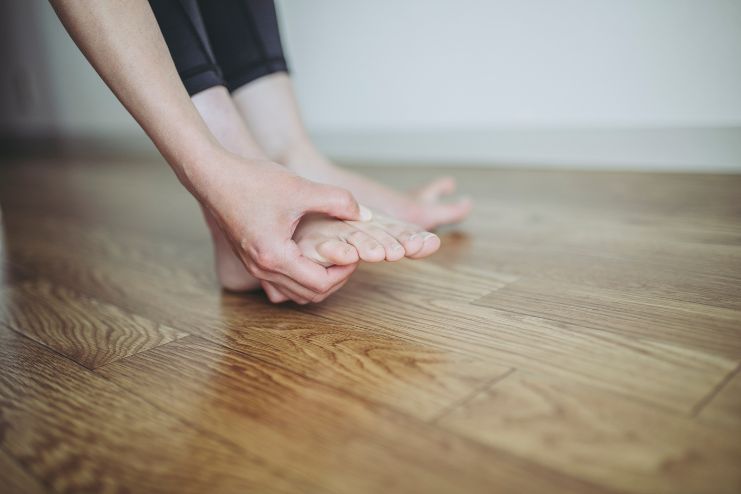
Weak toes might seem like a small issue, but they can actually cause some serious problems for your entire body. Some common issues that come from weak toe muscles include:
- Foot pain and conditions like bunions or plantar fasciitis.
- Bad posture and imbalance can put stress on your knees, hips, and lower back.
- Reduced performance during activities like walking and running, making them less effective and more tiring.
Weak toes can also lead to more specific problems like foot drop, which can seriously affect how you move. Here’s what that looks like:
- Foot Drop: This happens when you can’t lift the front part of your foot and toes, often due to weak or paralyzed muscles.
- Causes of Foot Drop: It can be caused by nerve damage, muscle issues, spinal injuries, or neurological problems.
- Mobility Issues: People with foot drop may drag their toes when walking, making it easy to trip or fall. To avoid this, they often adopt a “steppage gait”, where they lift their knees higher than normal, which isn’t exactly comfortable or efficient.
- Increased Risk of Falls: The awkward gait, combined with dragging toes, raises the risk of tripping and falling.
- Everyday Struggles: Even simple tasks like walking, climbing stairs, or standing for long periods become challenging with mobility issues like foot drop.
- Pain and Fatigue: The unnatural way of walking can also lead to pain and fatigue in your ankles, knees, and hips.
So, while weak toes might seem like no big deal, they can mess with your movement in ways you probably wouldn’t expect. Strengthening them can prevent a lot of these issues and keep you moving smoothly!
Simple Toe Strengthening Exercises

Incorporating a few simple exercises into your daily routine can do wonders for strengthening your toes and improving your overall foot health. Stronger toes help with balance and posture and even make walking, running, and standing more comfortable. Here’s a breakdown of some easy yet effective exercises to get your toes into shape:
1. Toe Scrunches and Towel Grabs:
This one’s super easy and great for building strength in your toes and arches. All you need is a towel. Place it on the floor, and then use your toes to scrunch it up and pull it toward you.
- How to do it: Sit in a chair, place the towel flat under your feet, and start scrunching! Try doing this 10-15 times. Want to make it more challenging? Add a small weight (like a can of beans) on the towel for extra resistance.
- Why it helps: This exercise targets those tiny muscles in your feet that are often overlooked but play a big role in foot stability.
2. Toe Splay and Spread:
This one’s all about improving your toe control and flexibility. It’s simple, but you’ll definitely feel the stretch.
- How to do it: Sit with your feet flat on the ground and spread your toes as wide as you can. Try to get them to fan out as far apart as possible. Hold for a few seconds, then relax. Repeat 10-15 times.
- Why it helps: This strengthens your toes and increases their flexibility, which is key for maintaining a stable base while walking or standing.
3. Toe Raises:
Toe raises are great for building strength and endurance in your toes and the balls of your feet.
- How to do it: You can do this sitting down or standing up (if standing, hold onto something for balance). Lift your heels off the ground so that only your toes and the balls of your feet are touching the floor. Hold for a few seconds, then lower your heels back down. Aim for 10-15 reps. Once you get the hang of it, you can even try it on one foot at a time for an extra challenge.
- Why it helps: This exercise strengthens the muscles that support your arch and improves your balance.
4. Barefoot Walking and Toe Yoga:
Walking barefoot can really help strengthen your foot and toe muscles, especially when you do it on uneven surfaces like grass or sand.
- How to do it: Take off your shoes and let your feet connect with the ground. Walk around your house, yard, or at the park. The different textures and surfaces will naturally work your toes and improve their strength and flexibility.
- Why it helps: This helps your toes develop better coordination and balance by working the muscles that are often underused when you’re wearing shoes all day.
5. Marble Pick-Ups:
A fun and engaging way to work your toes! You’ll need a few marbles (or small objects like pebbles) for this one.
- How to do it: Sit with your feet flat on the floor, scatter some marbles in front of you, and use your toes to pick them up one by one and drop them into a bowl. Repeat this 10-15 times per foot.
- Why it helps: It targets both the strength and coordination of your toes, making them more flexible and agile.
6. Foot Alphabet:
This is a simple yet effective way to increase mobility and range of motion in your toes, feet, and ankles.
- How to do it: Sit with one leg extended and imagine drawing the letters of the alphabet in the air with your toes. You’ll be using your whole foot for this, but your toes play a key role in ensuring smooth and controlled movements. Go through the entire alphabet with each foot.
- Why it helps: This exercise is great for overall foot mobility and flexibility, helping to improve circulation and control.
7. Big Toe and Little Toe Lifts:
You might be surprised at how hard it can be to move your toes independently, but this exercise helps you gain better control over each toe.
- How to do it: Start by lifting just your big toe off the floor while keeping the other toes flat. Hold for a few seconds, then relax. Repeat 10-15 times. Next, try lifting just your little toe while keeping the others down. This one might be a bit trickier, but it’s great for improving strength and control.
- Why it helps: Strengthening each toe individually helps with overall foot function and balance, making your movements more efficient.
These exercises don’t take a lot of time, but doing them regularly can make a huge difference in your foot health and how you move throughout the day. Plus, they don’t require any fancy equipment—just a towel, some marbles, or even just your own body weight. Strong toes mean better balance, more stability, and fewer chances of foot pain or injury, so it’s worth taking a few minutes out of your day to show them some love!
Read More: Incorporating Functional Training for Everyday Strength and Mobility
Read More: Daily Stretching Exercises for Flexibility and Mobility
How Footwear Affects Toe Strength
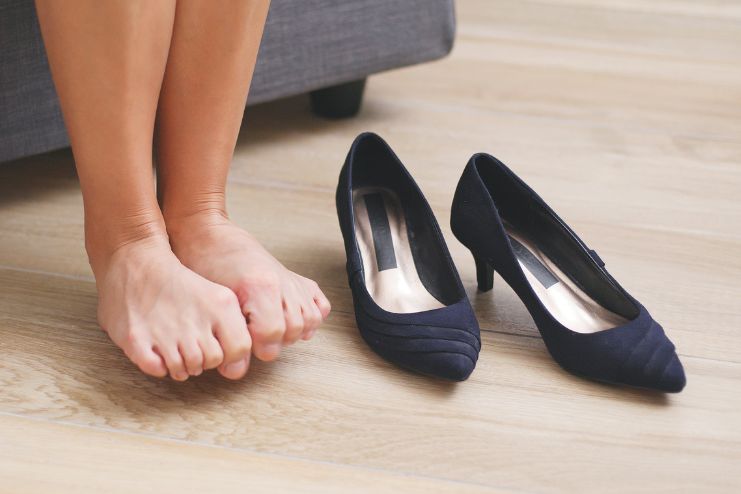
How your footwear impacts your toe strength is something you might not think about often, but it plays a big role in the health of your feet. The right shoes can help you maintain strong, flexible toes, while the wrong ones might weaken your foot muscles over time. Let’s break it down:
Tight Shoes and High Heels: Not Toe-Friendly
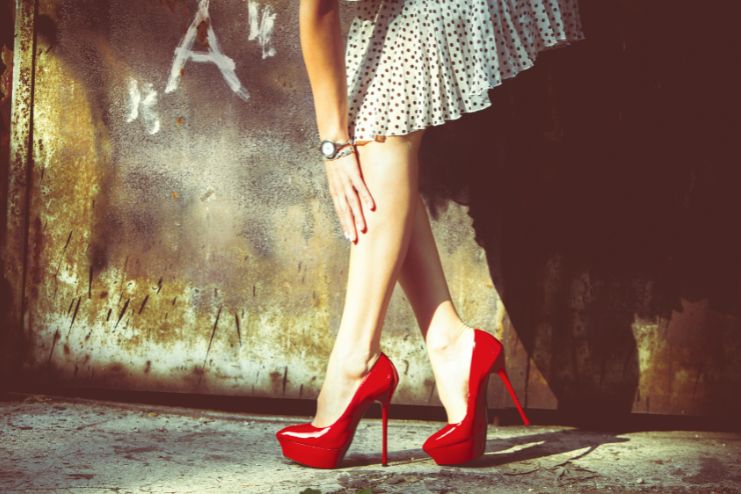
Wearing tight shoes or high heels on a regular basis can restrict the natural movement of your toes, making them weaker over time. When your toes are cramped together, they’re not able to move as freely as they should, which leads to muscle weakness. Over time, this can cause foot pain and conditions like bunions or hammertoes.
Minimalist Shoes and Barefoot Walking: Strengthen Your Toes Naturally
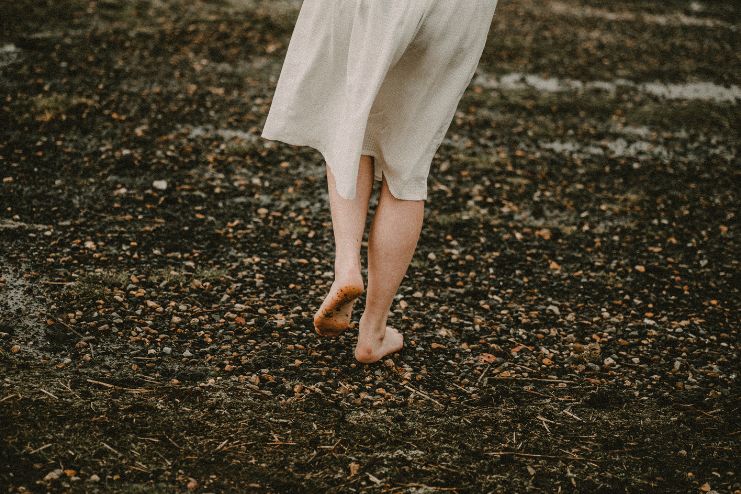
On the flip side, minimalist shoes or barefoot walking can actually improve your toe strength. These types of shoes have little cushioning and support, which forces the muscles in your feet (including your toes) to work harder. By allowing your toes to move more freely and spread out naturally, minimalist shoes encourage stronger and healthier feet.
In fact, studies show that after six months of wearing minimalist shoes during daily activities, foot strength can increase by a whopping 57.4%! These shoes also tend to have wider toe boxes, giving your toes more room to spread and preventing problems like bunions and hammertoes.
Conventional Shoes: Weakening Your Toes
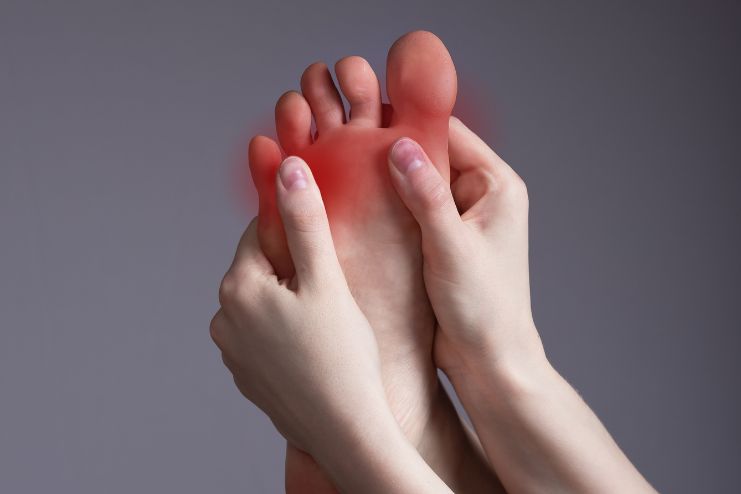
Traditional shoes, with all their support and cushioning, might seem like the more comfortable option, but they can actually weaken your foot muscles. When your shoes do most of the work—like supporting your arches or keeping your foot in a certain position—your foot muscles don’t have to engage as much, which can lead to weaker feet overall.
If the toe box in your shoes is narrow or pointed, it can put pressure on your toes, compressing them and leading to discomfort or issues like neuromas. A wide toe box, on the other hand, lets your toes spread naturally, which is better for both comfort and long-term foot health.
What to Do for Healthy Toes:
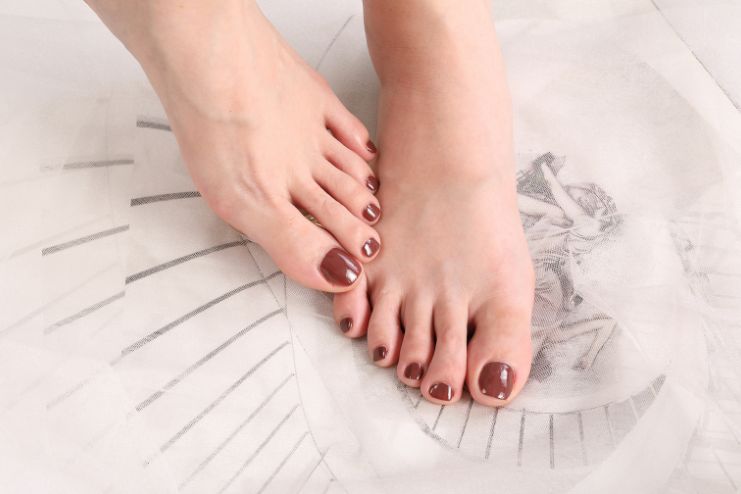
- If you want stronger toes, try incorporating minimalist shoes or barefoot walking into your routine.
- Look for shoes with wider toe boxes that let your toes spread naturally.
- If you’re already dealing with foot pain, it might be worth consulting a podiatrist or healthcare professional for footwear advice.
By choosing the right shoes and giving your toes the freedom to move, you can help keep your feet healthy, strong, and happy!
Final Thoughts
In conclusion, while often overlooked, toe strength plays a crucial role in maintaining balance, mobility, and overall foot health. Weak toes can lead to discomfort, poor posture, and even more serious mobility issues over time. Incorporating simple toe exercises into your routine, like toe scrunches, toe raises, and barefoot walking, can significantly improve foot function, reduce pain, and enhance stability. Your toes form the foundation for movement, helping distribute your body weight and maintain balance with every step.
Additionally, choosing the right footwear can either support or hinder toe strength, so it’s important to opt for shoes that allow natural movement. By giving your toes the attention they deserve, you can prevent foot-related problems and improve your overall mobility, ensuring smoother, more efficient movement in everyday life. Strong toes, in the end, are the key to better balance and a healthier, more active lifestyle.
References
- 9 Foot Exercises to Try at Home
- Build Strong Feet: Exercises To Strengthen Your Foot & Ankle
- Relationship Between the Strength of the Ankle and Toe
- Why Foot Health is Key to Mobility and Comfort
- The Vital Role of Foot Exercises and Stretching in Maintaining Foot Health
- Why Foot Strength and Stability are Important
- The Key to Better Balance, Strength and Mobility? A Good Foot Workout
In this Article













